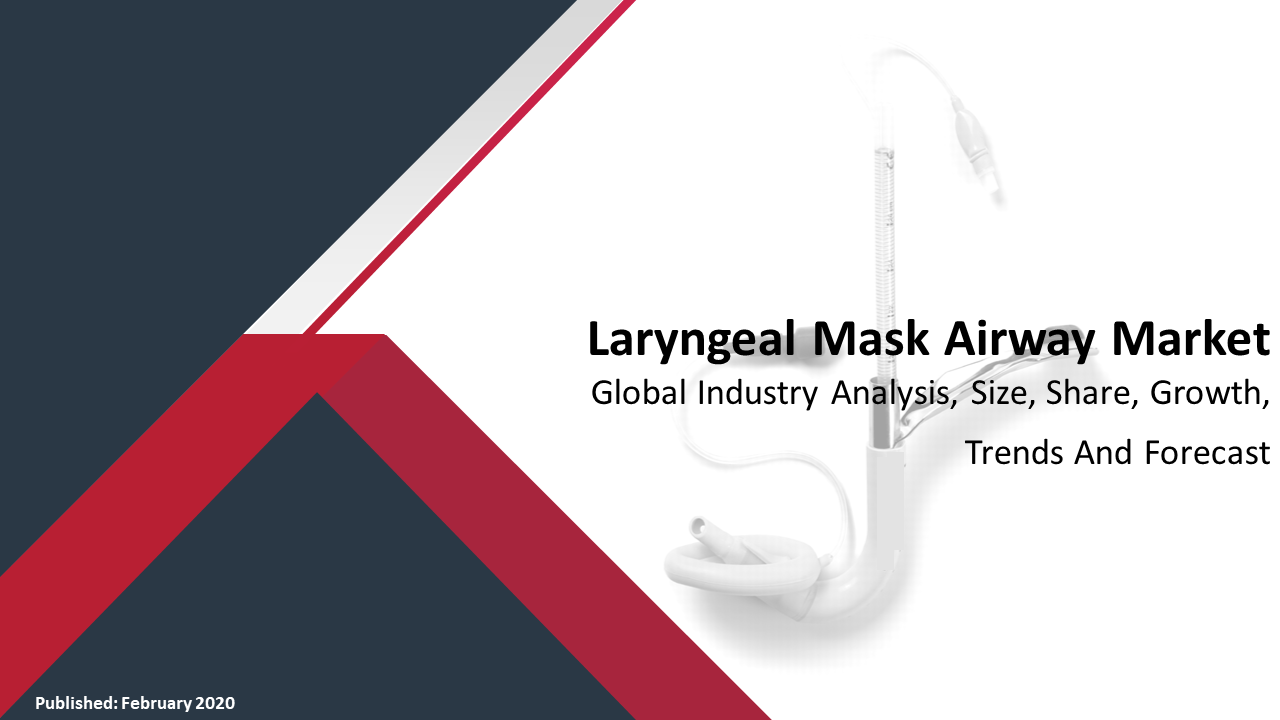The UK ophthalmology devices market size was valued at USD XX Billion in 2022 and is likely to reach USD XX Billion by 2031, expanding at a CAGR of 5% during the forecast period, 2023–2031. The growth of market is attributed to increasing frequency of eye-related illnesses & disorders, as well as increased public awareness.
Ophthalmology is a medical specialty that deals with the anatomy, function, and illnesses of eyes. Surgical, diagnostic, and vision correction devices are the three basic categories of ophthalmic devices depending on their function. These devices gain rising importance & adoption due to more prevalence of different ophthalmic diseases such as cataract, glaucoma, and other vision-related issues.

The Covid-19 pandemic affected the demand and supply of the UK ophthalmology devices market. Lockdown across the globe, supply chain disorders, and oscillating supply of raw materials forced manufacturers to shut down production leading to unfortunate decline in market growth. Due to lockdown, the ophthalmology diagnostics clinics are closed and the surgeries are postponed which is expected to limit the market growth.
UK Ophthalmology Devices Market Trends, Drivers, Restraints, and Opportunities
-
New ophthalmology equipment and sophisticated methods are favored by the development of new ophthalmology devices and procedures, which is projected to drive the market.
-
Rising prevalence of eye diseases and demographic shift, is projected to boost the market.
-
Ophthalmic procedures and their risks, are projected to hinder the market growth.
-
Factors such as advantages of contact lenses over traditional glasses, rising use of technological gadgets by consumers of all ages, ageing population, and use of DD lenses are estimated to fuel the market.
Scope of UK Ophthalmology Devices Market Report
The report on the UK ophthalmology devices market includes an assessment of the market, trends, segments, and regional markets. Overview and dynamics have also been included in the report.
|
Attributes
|
Details
|
|
Report Title
|
Ophthalmology Devices Market – UK Industry Analysis, Growth, Share, Size, Trends, and Forecast
|
|
Base Year
|
2022
|
|
Historic Data
|
2016–2021
|
|
Forecast Period
|
2023–2031
|
|
Segmentation
|
Devices (Surgical Devices {Glaucoma Drainage Devices, Glaucoma Stents & Implants, Intraocular Lenses, Lasers, and others}, Diagnostic & Monitoring Devices {Autorefractors & Keratometers, Corneal Topography Systems, Ophthalmic Ultrasound Imaging Systems, Ophthalmoscopes, Optical Coherence Tomography Scanners, and Others}, and Vision Correction Devices {Spectacles, Contact Lenses})
|
|
Regional Scope
|
UK
|
|
Report Coverage
|
Company Share, Market Analysis and Size, Competitive Landscape, Growth Factors, and Trends, and Revenue Forecast
|
|
Key Players Covered in the Report
|
Carl Zeiss Meditec AG.; IRIDEX Corporation.; Nidek Co. Ltd.; Topcon Corporation.; Ziemer Ophthalmic Systems AG
|
UK Ophthalmology Devices Market Segment Insights
The contact lens segment is expected to grow at a rapid pace
Based on devices, the UK ophthalmology devices market is divided into surgical devices, diagnostic & monitoring devices, and vision correction devices. The surgical devices segment is further segregated into glaucoma drainage devices, glaucoma stents & implants, intraocular lenses, lasers, and others. The diagnostic & monitoring devices segment is sub-segregated into autorefractors & keratometers, corneal topography systems, ophthalmic ultrasound imaging systems, ophthalmoscopes, optical coherence tomography scanners, and others.
The vision correction devices segment is further bifurcated into spectacles and contact lenses. The contact lens segment is expected to grow at a rapid pace during the forecast period because they are used to correct eyesight and work in the same manner as traditional spectacles.
Contact lenses can be used to address a variety of vision issues, including myopia (nearsightedness), astigmatism, and hyperopia (far-sightedness). Over the last two decades, the number of contact lens wearers who require presbyopic correction has grown considerably. The latest generation of rigid and soft contact lenses offers various advantages over the previous generation. The number of people who replace their lens weekly have reduced and the number of people who use daily disposable lenses has risen.

UK is anticipated to constitute a key market share
The UK ophthalmology devices market is significantly fragmented due to the vast number of market participants. Market participants, particularly in emerging countries, focus on ongoing product development and supplying ophthalmology devices at competitive rates.
Segments
The UK ophthalmology devices market has been segmented on the basis of
Devices
- Surgical Devices
- Glaucoma Drainage Devices
- Glaucoma Stents & Implants
- Intraocular Lenses
- Lasers
- Others
- Diagnostic & Monitoring Devices
- Autorefractors & Keratometers
- Corneal Topography Systems
- Ophthalmic Ultrasound Imaging Systems
- Ophthalmoscopes
- Optical Coherence Tomography Scanners
- Others
- Vision Correction Devices
- Spectacles
- Contact Lenses
Region
Key Players
Competitive Landscape
Key players competing in the UK ophthalmology devices market include Carl Zeiss Meditec AG.; IRIDEX Corporation.; Nidek Co. Ltd.; Topcon Corporation.; Ziemer Ophthalmic Systems AG. Some of these players are using several market strategies such as acquisitions, merger, collaborations, partnerships, capacity expansion, and product launches to enhance their market shares and to generate revenue and raise their production line of the business in the coming years.

























